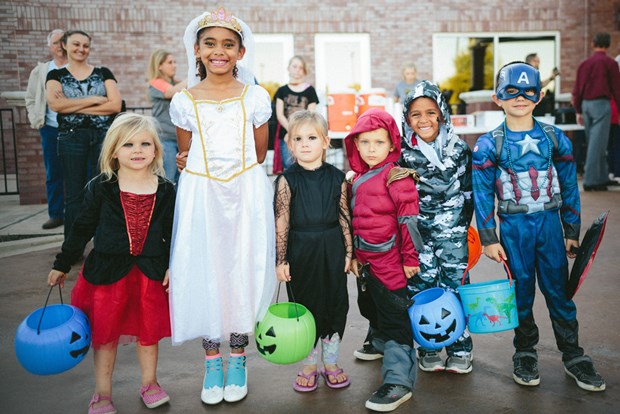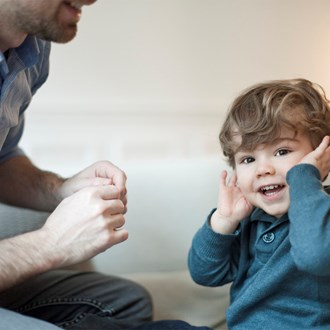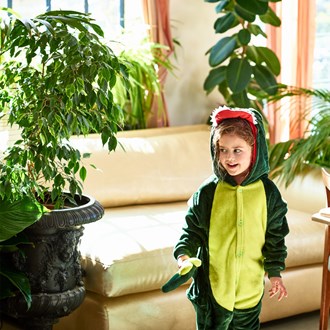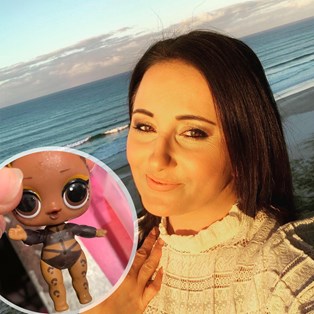Boys clothes, girls clothes: why does it matter?

If the shoe fits, wear it!
A few years ago, I was collecting my daughter from preschool when I bumped into a little boy. He was wearing boardies and a blue T-shirt and looked like a mini- surfer dude, with sun-bleached blond hair hanging over his eyes. “Your son is so gorgeous!”
I said to his mum. And he was. “Thank you,” said the mum.
“Except she’s a girl.” I was horribly embarrassed, and apologised profusely for my mistake.
“Oh that’s okay,” said the mum cheerily. “She likes to be mistaken for a boy.”
I thought a lot about that little girl over the years. I wondered... was she unhappy being a girl? Would she grow up to be transgender? Was her mum really as relaxed about her cross-dressing as she appeared?
I didn’t get all my answers, but I did see the girl at the school gates the other day. She is now 10 or 11, she has grown her hair, and she looks very much like a girl. According to her mother, the tomboy years were just a phase.
TRYING IT ON
At that very same preschool, there was a really sweet little boy. Every single morning, without fail, he would make a beeline for the dress up box and put on the princess costumes. My daughter was very bothered by him, not because he liked the costume, but because he hogged it, and would never share.
I don’t know if he ever did learn to share, but I know that boy well, and he’s now a teenager, and I’m fairly sure he hasn’t worn a dress since preschool.
I see so many parents getting anxious about their ‘cross-dressing’ preschoolers, and I just want to tell them all to relax. For a start, preschool aged kids generally don’t care when children wear gender-opposite clothes. Older kids can be cruel, but at that young age kids really are fairly gender and colour blind.
What’s more, the cross-dressing behaviour is usually temporary. Of course, some boys who wear dresses and some girls who dress in boy clothes will grow up to be transgender, and no doubt being transgender is not an easy path. But the vast majority of kids who experiment with different clothes grow up with traditional gender identities.
BORN THIS WAY
And even if it’s not a phase – even if the child grows up to prefer the clothes of the opposite gender, or identify as the opposite gender – there’s no point trying to intervene. We don’t ‘make’ our kids prefer boys’ or girls’ clothes, nor can we force them to change their preferences. Kids are who they are and prefer what they prefer. As parents, our job is less to shape our kids’ identities than to help them find them. The greatest gift we can give our kids is to allow them to find and be themselves.
And if that self likes to wear dresses or pants or a safari suit with a contrasting feather, then so be it. There are far more important things in life than how we choose to dress.
Like sharing, for example. Princess costumes really need to be passed around.














